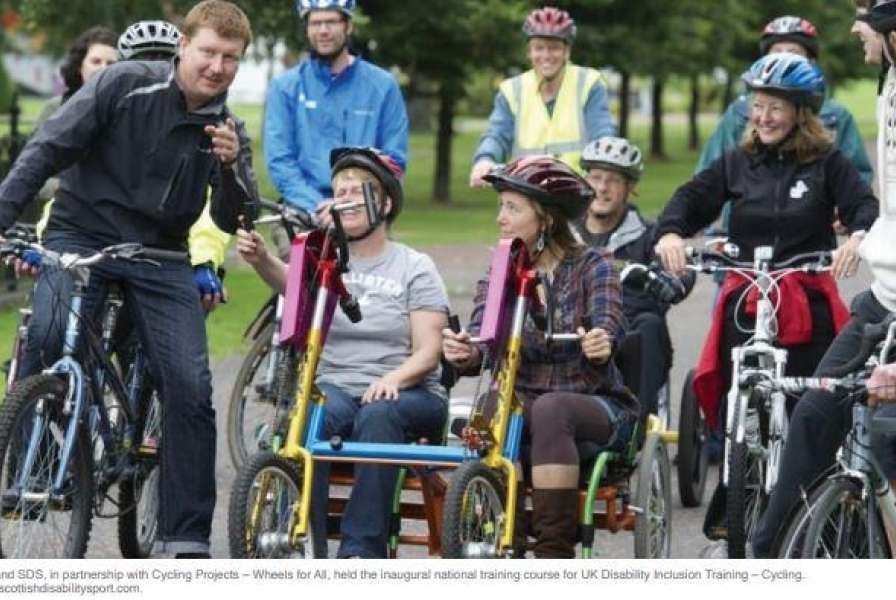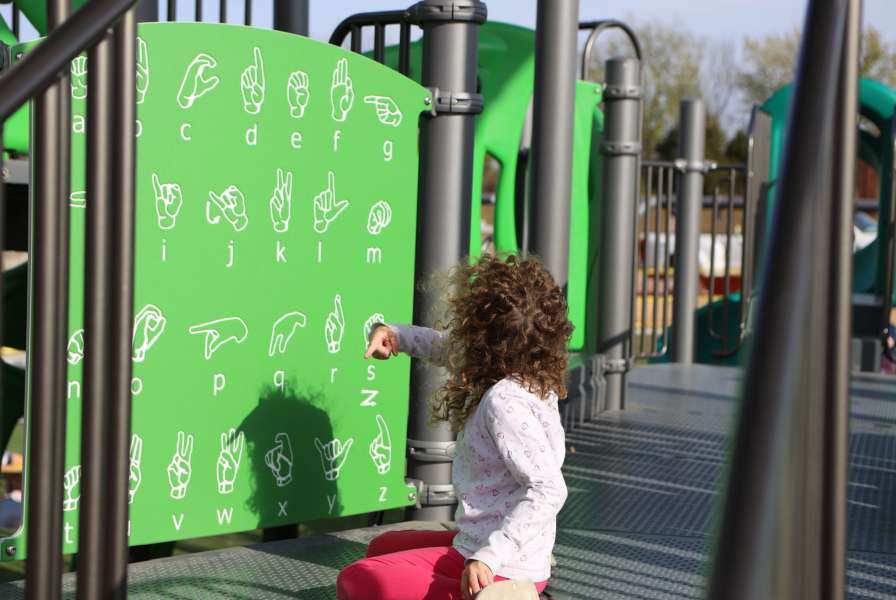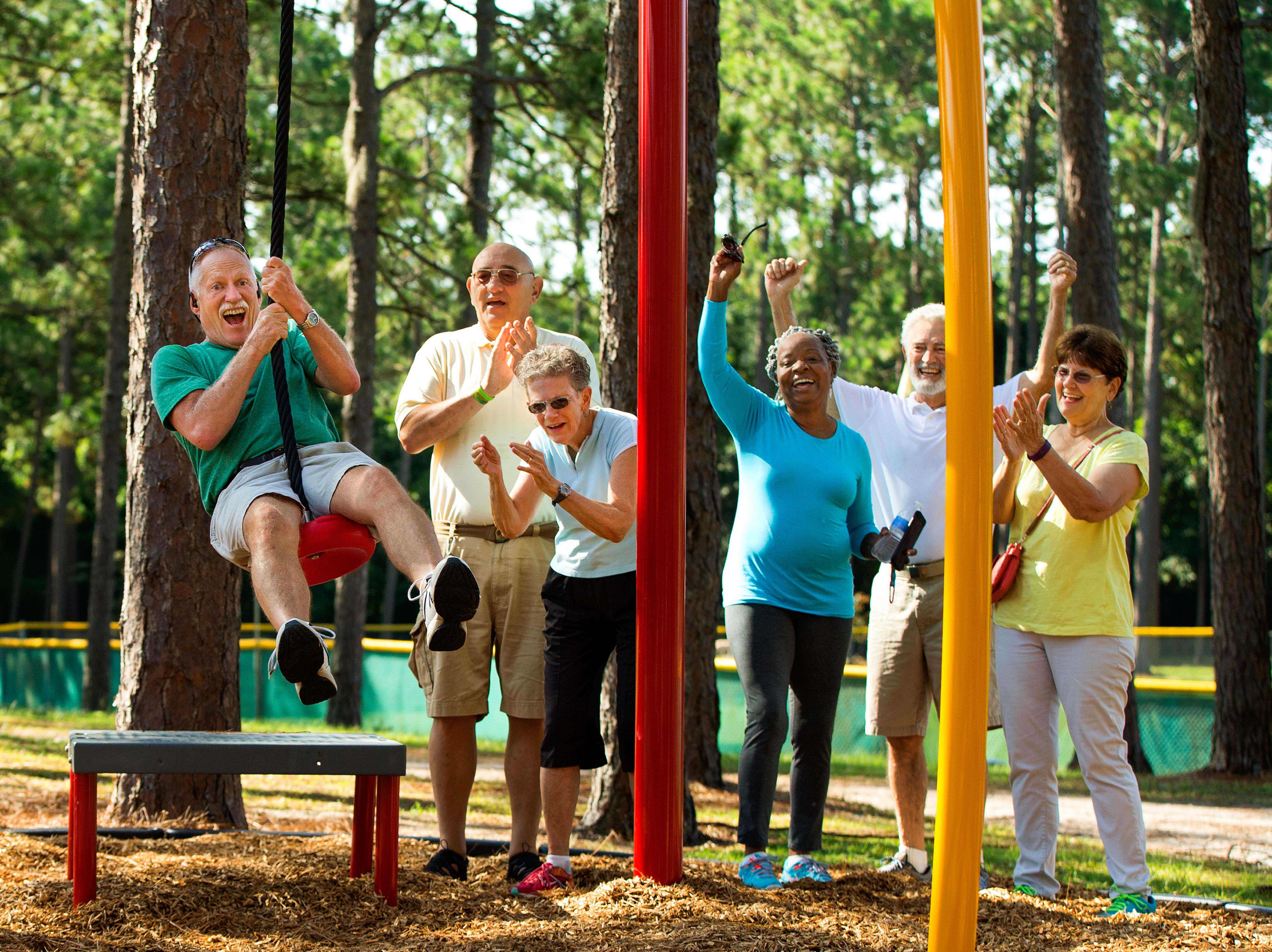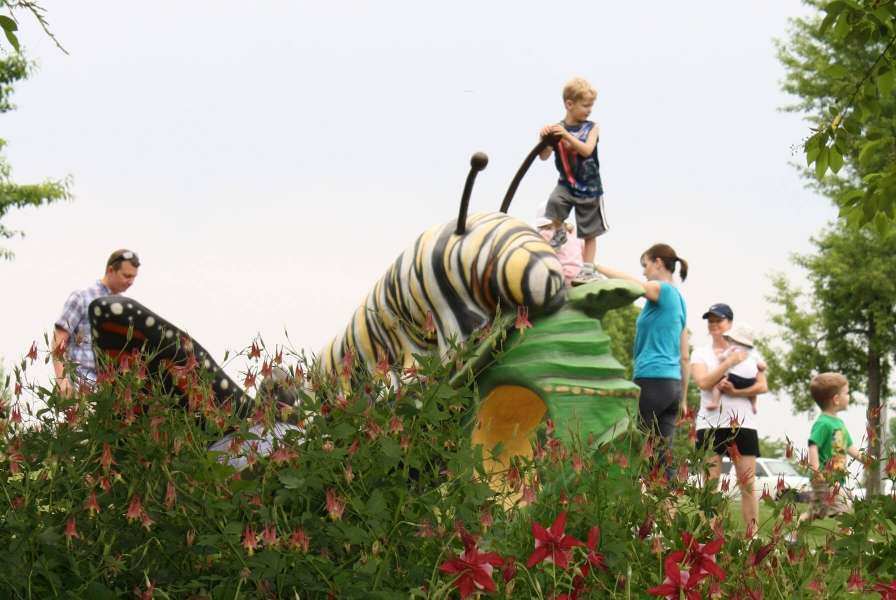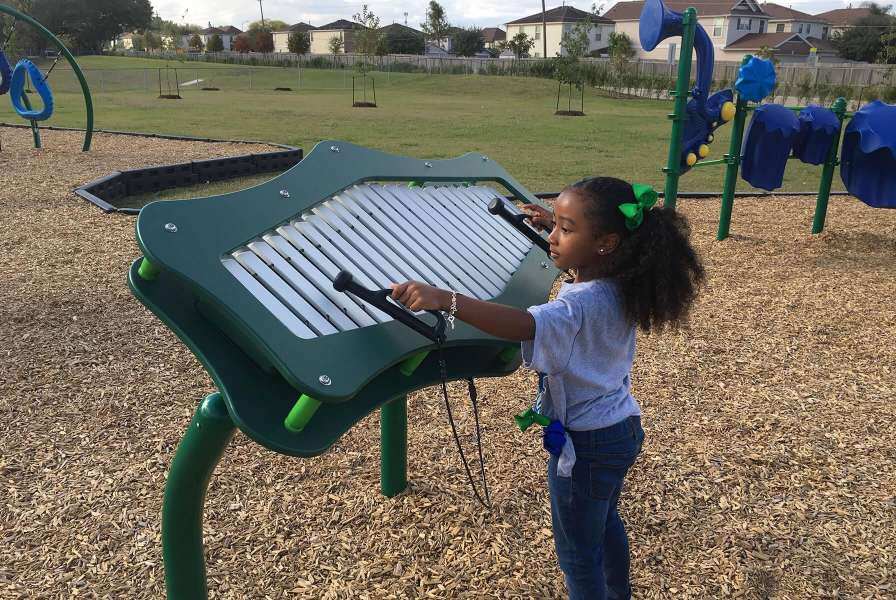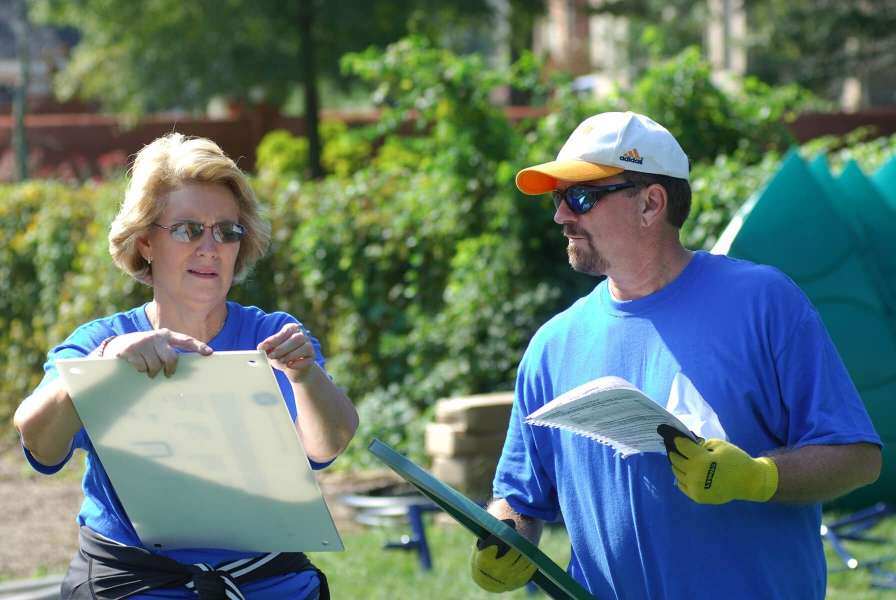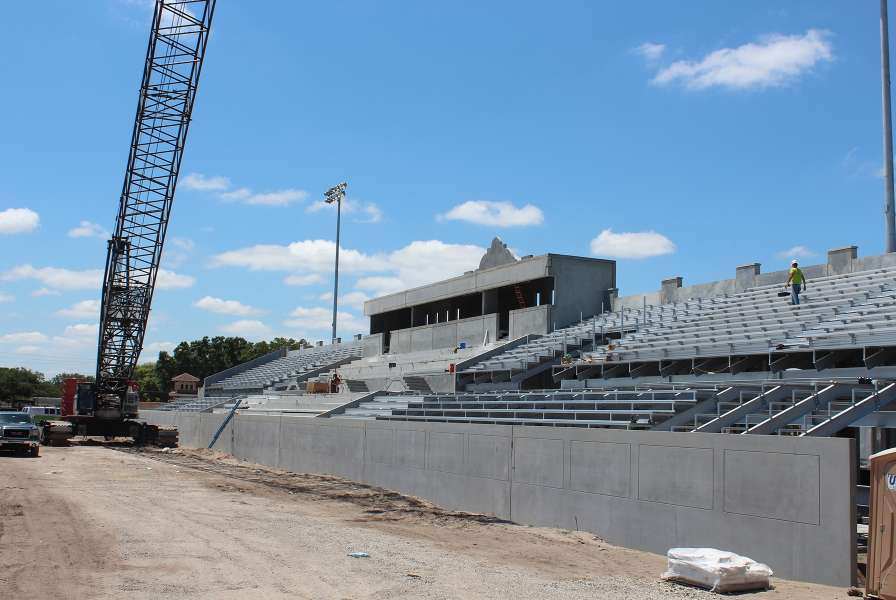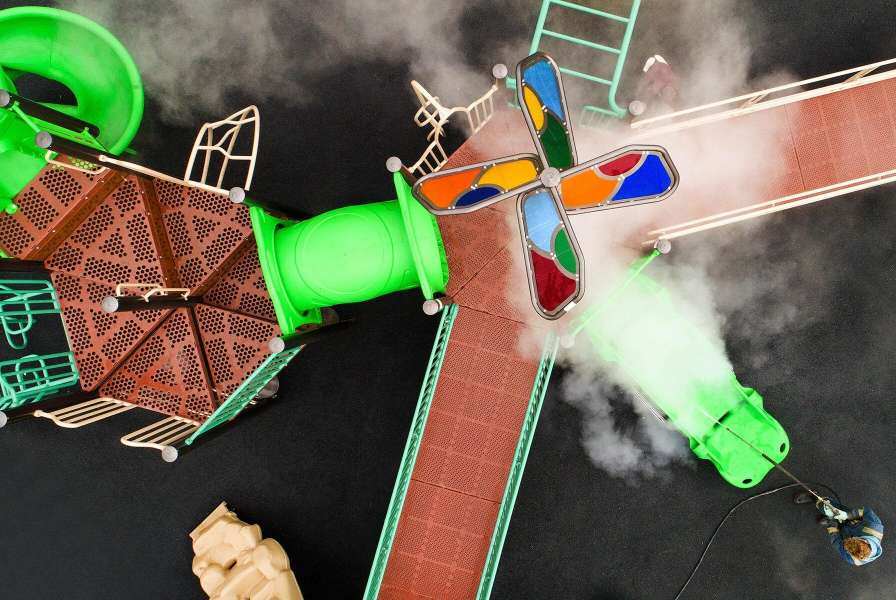Providing natural play areas for children is gaining popularity. Childcare centers, schools, and parks are recognizing the need for children to interact with the natural world. A comprehensive program of playground safety will also include inspection and management of natural play areas.
For the purposes of this blog, "Nature Play" is an environment that allows children to engage in unstructured play with natural materials in a natural setting. There are two distinct types of natural settings: undeveloped areas and man-made areas.
Undeveloped Natural Environment
These are specific environments where nature is simply there for the child to discover and explore. These areas might be a meadow, waterway, and woods that are designated for natural play. It might be a section of the woods off a trail that is set aside for children to interact with.
Good safety management practices would suggest that even though these areas are undeveloped you are inviting children to play in this environment and therefore care must be taken to ensure that no hazards are present beyond those that are part of a natural environment. A trained inspector should check these areas looking for hazardous conditions such as, but not limited to broken branches, leaning fallen trees, rotting or decomposed trees, poison plants, or evidence of vandalism that has created a hazard. Routine maintenance should be performed to remove trash and debris and take care of any issues that might surface. It is also recommended that playground surfacing guidelines are followed, as falls from natural materials also may occur.
Man-Made Nature Play
A man-made nature play area is one where the owner has taken natural elements such as boulders and tree sections and placed them in an area with the intention that children interact with the materials in an unstructured manner. Many of these areas are rich in diverse plant materials, loose parts, and may include natural or man-made water areas. In this category, there is quite a range or complexity of design. Often the intent of these areas is to allow children the freedom to explore the natural materials and to provide an element of risk taking that is appropriate for the age of the child. Careful consideration of safety concerns should be given to these developed areas.
The area should be evaluated giving consideration to how the children will be using the natural materials. Take a common sense approach using professional judgment. If the intent of the element is for children to climb, protective surfacing materials should be provided in an area where a child might be expected to fall. Precautions should be taken to make certain that large rocks and logs are anchored securely, are stable and not in danger of coming apart or moving. When combining or constructing natural materials, make certain to eliminate head entrapments in completely bound openings and protrusion hazards. The playground standards do not officially have to be applied in a strict sense but do give them consideration to promote a safer environment. Before creating your inspection and maintenance protocol, have conversations with your agency safety management staff to make certain that you have provided a means to fulfill your agency's safety and risk obligations.
When natural play elements are combined with traditional play equipment such as using boulders to access a platform of attaching a net climber to a log or a rock formation, the configuration should be treated as if it is playground equipment and must meet the criteria of the ASTM F1487 Standards, with protective surfacing in the correct depth to attenuate inadvertent falls.
Nature play is ever changing with the dawn of a new day and each change of season. Inspection and management protocols need to be just as flexible.
For additional information on playground maintenance
Request the Playground Maintenance Guide

